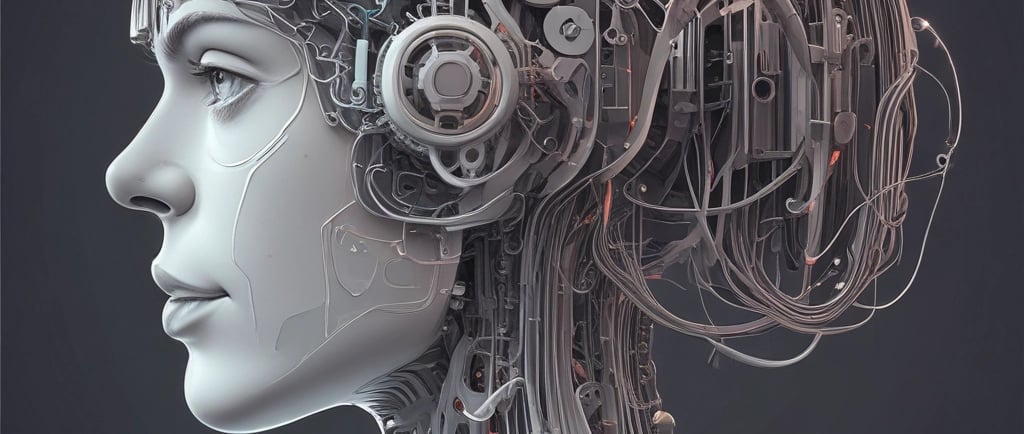Why Forgetting is Human: AI Can't Compete
Explore the essential role of forgetting in human growth and development. Discover how AI's perfect memory contrasts with our need to forget, shaping our evolution in an increasingly digital world.
AI X HUMAN
6/5/20252 min read


🧠 Forgetting Is Human. Remembering Everything Is AI. What Happens When We Design with Both?
We’ve always assumed that memory is power. The more we remember, the better we function. But when it comes to being human, forgetting isn’t a bug — it’s a feature. And in a world where artificial intelligence remembers everything, we’re starting to realize just how vital forgetting really is.
The article “To grow, we must forget. But AI remembers everything” explores a tension we’re only beginning to understand: human memory is messy, emotional, and selective, while AI’s memory is complete, objective, and endless. And that difference matters more than we think.
🧩 Why Forgetting Helps Us Evolve
Humans need to forget. Forgetting lets us let go of pain, reinvent ourselves, and move forward. It’s part of how we grow. If we remembered every awkward conversation, every failure, every version of ourselves, we’d be trapped in an infinite scroll of the past.
Designing human-centered products means understanding that our users are not static data points. They change. They forget. They heal.
🤖 But AI Doesn’t Forget
AI, on the other hand, stores everything — every query, every edit, every click. It creates perfect records. That makes it incredibly useful… and potentially dangerous. When a system remembers every version of a person, it can hold them hostage to their past behaviors.
Imagine a user being judged forever by a comment made five years ago, or a style they no longer resonate with. When systems assume people don’t evolve, they reduce them to data points — not dynamic beings.
🧱 What This Means for UX and Product Design
We must design for reinvention. People grow. Products should make it easy to reset, edit, and evolve.
Allow for forgetting. Let users clear histories, reset preferences, and opt out of constant reminders of who they were.
Design for emotional context. Not everything users type or click is a declaration of identity. It might just be a moment.
Memory can serve or trap. A personalized feed can be helpful — or it can reinforce old biases, trauma, or patterns someone is trying to leave behind.
✨ In Closing
AI remembers everything. Humans do not. And that’s okay — it’s how we grow. But as designers and technologists, we need to bridge the gap between those two truths. We must ask: are we designing products that allow people to evolve, or ones that pin them down forever?
To build a better future, sometimes we have to forget — and let our users do the same.
